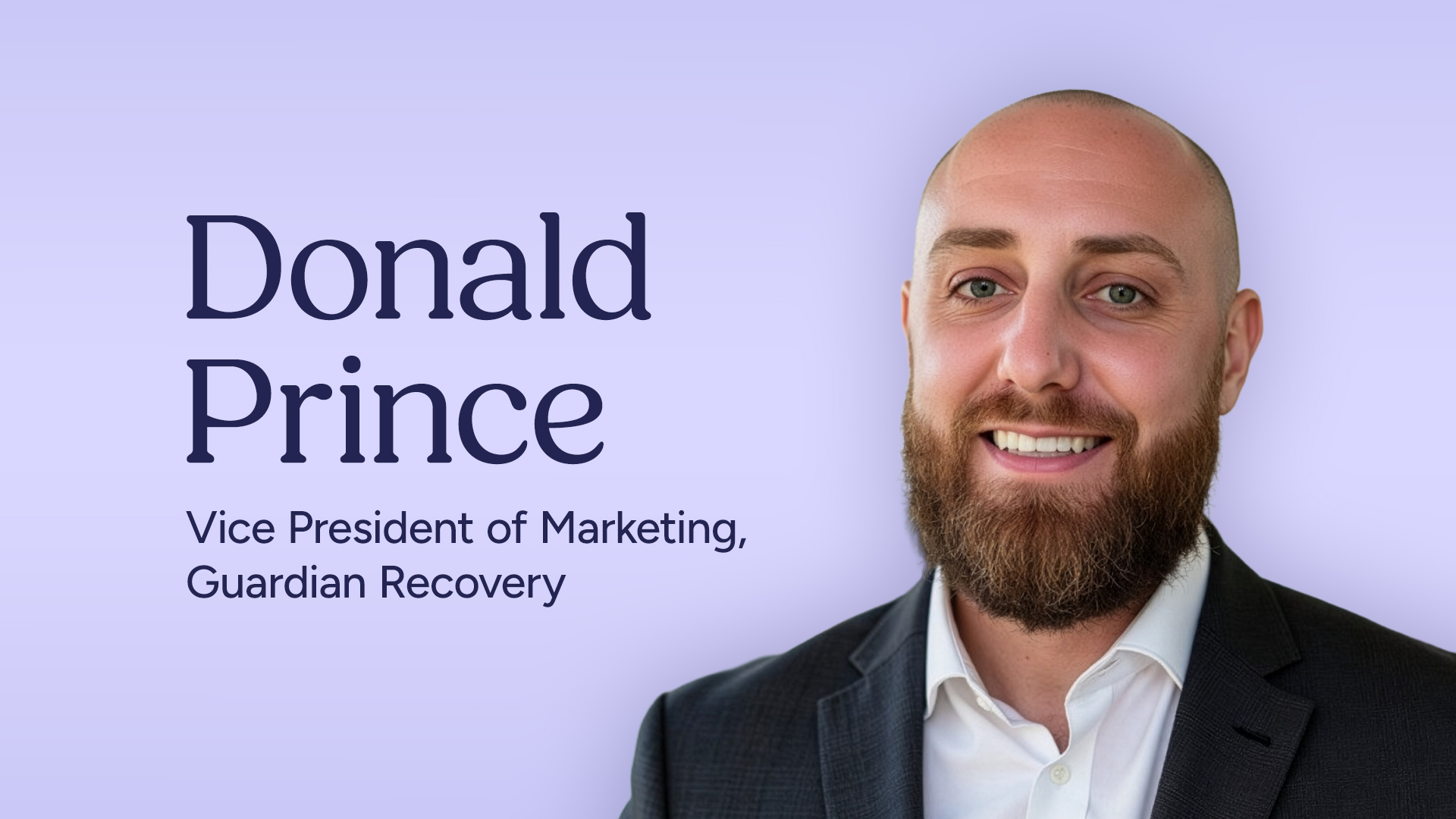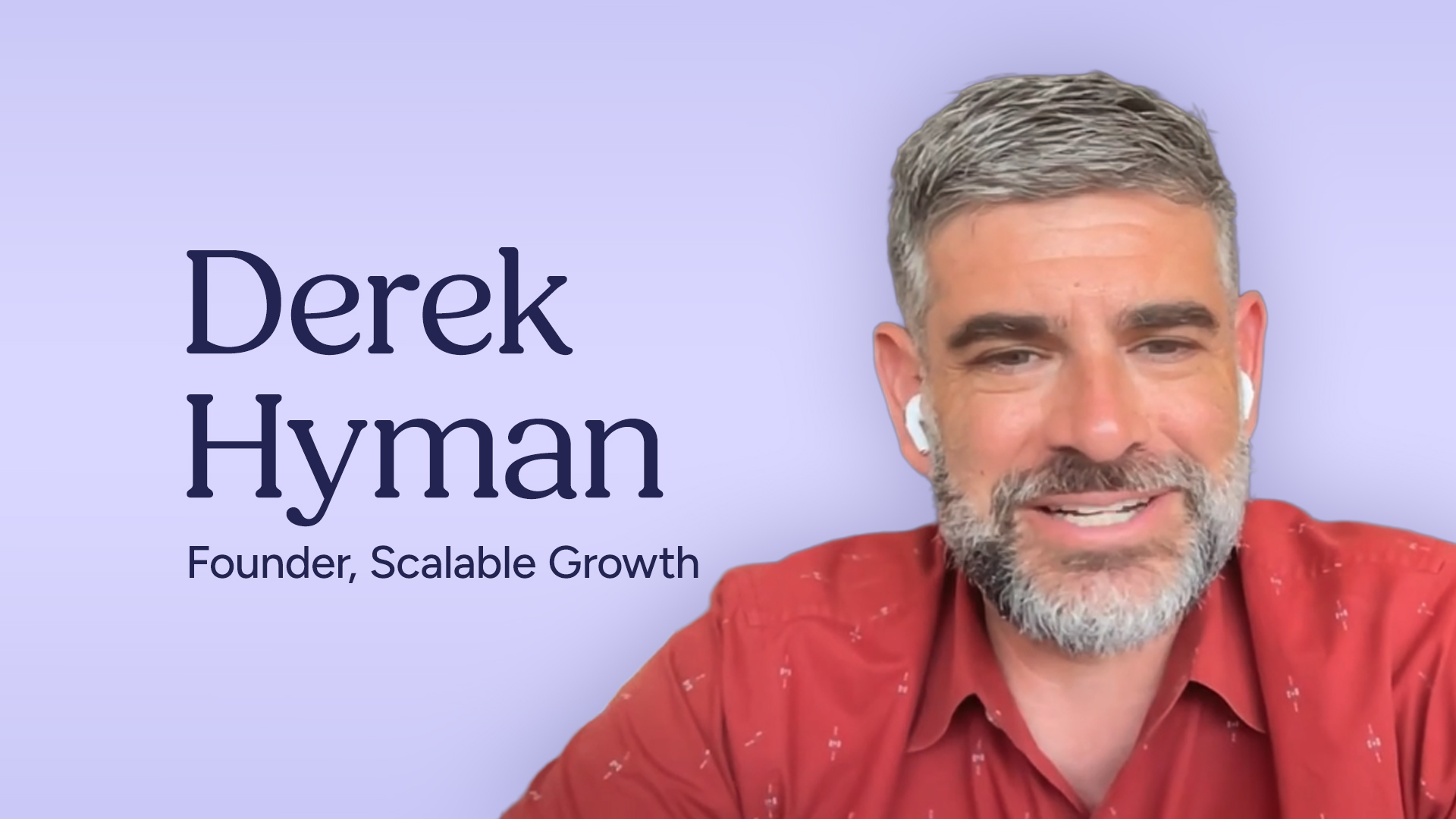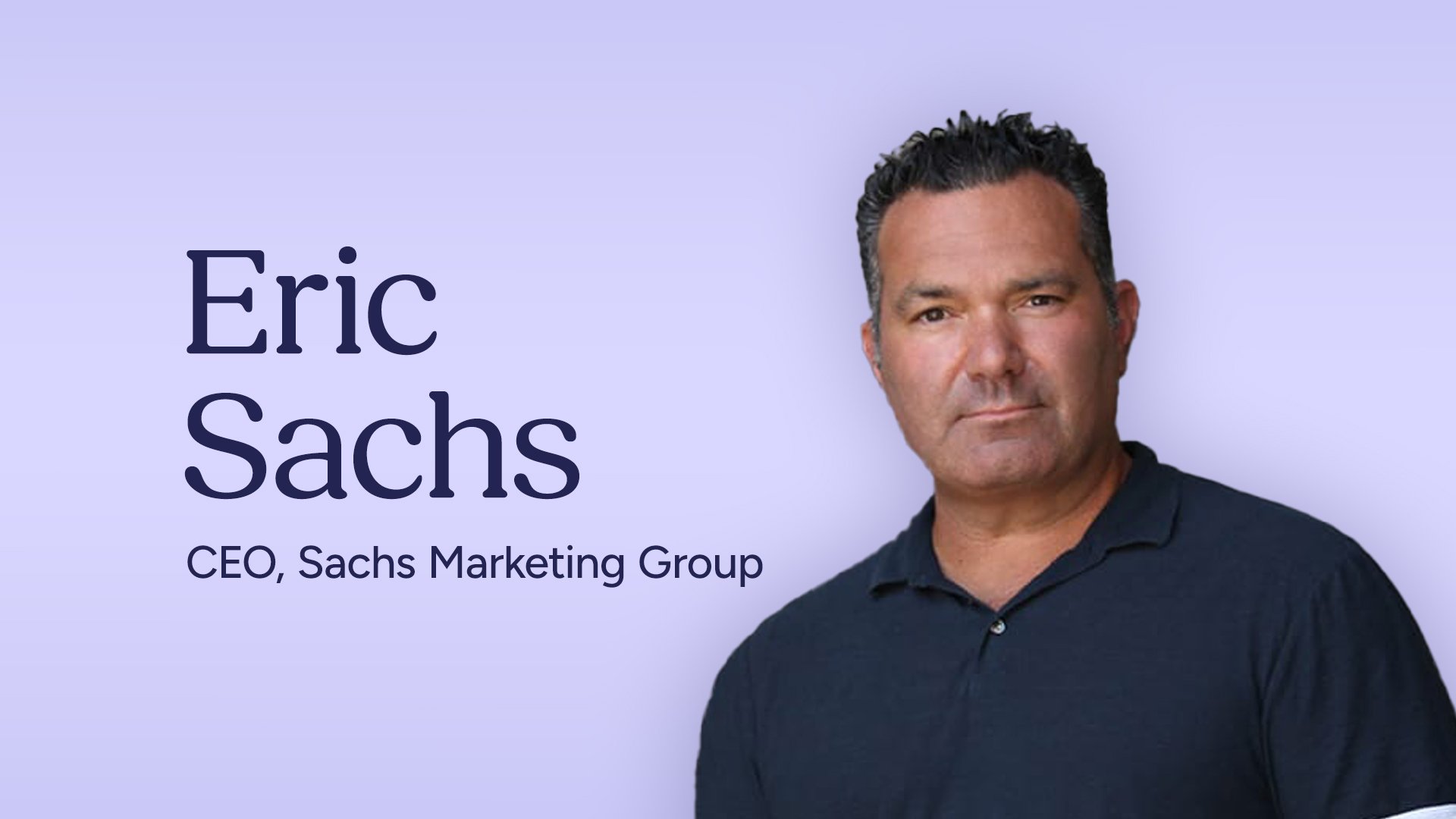Video Marketing in Recovery: 12+ Ways to Transform Outreach & Fill Beds
1. The Unmistakable Power of Video in Behavioral Health
2. Adam Vibe Gunton: A Voice Forged in Recovery
3. Why Video? The Human Element in a Digital Age
4. Getting Started: Low-Cost, High-Impact Video Strategies
5. Leveraging AI: Your Content Co-Pilot
6. Short-Form vs. Long-Form Video: Tailoring Your Message
7. Who Should Be the Face of Your Videos?
8. Patient Testimonials: Ethical and Effective Storytelling
9. Showcasing Your Facility: Beyond Bricks and Mortar
10. Video and SEO: Making Your Content Discoverable
11. Targeting Your Audience: Speaking Directly to Those in Need
12. Measuring Success: KPIs Beyond the View Count
13. Avoiding Common Pitfalls: The "Pottery Class" Principle
14. The Future is Visual: Embracing Video for Lasting Impact
In an era where digital connection is paramount, the behavioral health sector is increasingly turning to innovative methods to reach individuals in need.
Video marketing, with its unique ability to convey emotion and authenticity, is emerging as a powerful tool.
This article, drawing insights from a Recovery Reach podcast episode featuring Adam Vibe Gunton, Founder & Managing Partner at Behavioral Health Partners, explores how treatment centers can harness video to change lives and fill beds.
1. The Unmistakable Power of Video in Behavioral Health
The journey to recovery often begins with a search for hope and understanding. Video content provides a direct, personal way to offer that initial connection. Unlike text-based content, video allows for the transmission of non-verbal cues, tone, and emotion, which can be incredibly reassuring for someone feeling isolated by their struggles with addiction or mental health challenges. This directness builds trust and can significantly lower the barrier for individuals considering treatment.
Moreover, video content is highly shareable and can reach audiences across various platforms, from social media to website landing pages. For treatment centers, this means a greater potential to connect with not only those actively seeking help but also their families and support networks. The visual and auditory nature of video also caters to different learning and information processing styles, making complex information about treatment options more accessible and digestible.
2. Adam Vibe Gunton: A Voice Forged in Recovery
Adam Vibe Gunton, a founder, author, and video marketing expert, brings a unique and deeply personal perspective to the table. His own journey is a testament to the transformative power of recovery.
"Seven and a half years ago I was homeless and a drug addict, 148 pounds," Gunton shared. "I was kicked outta the homeless shelter and one of the ones that everybody said was never gonna recover."
His inability to access treatment when he desperately needed it, due to waitlists and other barriers, fueled his mission.
"When I actually found freedom from addiction... it became my life's mission... to help as many people find that freedom as possible," he explained.
This drive led him to publish a bestselling book about his story and eventually to leverage video to reach an even wider audience. Gunton's success, including recent admits to treatment centers directly resulting from his videos, underscores the efficacy of his approach.
3. Why Video? The Human Element in a Digital Age
In a world increasingly saturated with AI-generated text, Gunton argues that video offers an irreplaceable human element.
"One thing AI will never be able to do is put a face on video that has the human element to be able to talk to somebody about an experience that they went through and how they got out of it," he stated.
This human connection is crucial in the recovery space.
When someone struggling with addiction watches a video and hears a story that resonates with their own experiences, perhaps involving trauma they've never shared, it can create a profound sense of not being alone. Seeing someone who has navigated similar challenges and found recovery can ignite hope and inspire action in a way that static text often cannot.
"You can't write that in a blog post," Gunton emphasized, highlighting video's power to create a genuine connection.
Research supports the power of storytelling in health communication. A study published in the Health Education & Behavior journal found that narrative communication can lead to greater engagement and persuasion. Video is an ideal medium for such narrative-based appeals.
4. Getting Started: Low-Cost, High-Impact Video Strategies
Many behavioral health providers may feel daunted by the perceived cost and complexity of video production. However, Gunton advocates for starting simple, especially for social media content.
"Everybody has... right in your pocket, you have the means of reaching millions of people," he said, referring to smartphones. Modern phone cameras are often sufficient for high-quality video.
Key tips for beginners include:
- Invest in basic audio: A $20 lavalier microphone (lav mic) that plugs into a phone can significantly improve audio quality.
- Use a teleprompter app: Apps like Big Vu can help with script delivery, making it easier to produce polished content.
- Practice: Don't aim for perfection from the start. Do multiple takes to get comfortable. "How do I get good on video? You start," Gunton advised.
- Focus on the audience: "If you are doing the videos to help the people you're trying to serve, rather than help yourself look better, your videos will always be better."
These short videos (30-60 seconds) are excellent for introducing your personality and expertise to your audience. They allow people to get to know the faces behind the treatment center.
5. Leveraging AI: Your Content Co-Pilot
While video provides the human touch, Artificial Intelligence, particularly tools like ChatGPT, can be a powerful ally in the content creation process. Gunton is a strong proponent of using AI for planning and scripting. He suggests using ChatGPT (even the paid version for enhanced capabilities) to develop a content plan.
A provider can prompt ChatGPT by stating their role (e.g., "I am a therapist in X state"), their treatment center's name, and their goal (e.g., "make a month content plan for short videos... that showcases my expertise").
Crucially, Gunton recommends ending the prompt with: "Ask me any questions you need to get clarity about me." This allows the AI to gather more information and tailor the content plan effectively.
Gunton himself uses AI extensively: "Your new best friend that you talk to, at least one hour a day should be chat GBT."
He uses it for brainstorming topic ideas, structuring content series (like his work on the 12 Steps and 12 Traditions), and even for personal productivity. This approach frees up mental energy to focus on delivering the message authentically on camera.
6. Short-Form vs. Long-Form Video: Tailoring Your Message
Understanding the distinction between short-form and long-form video is key to an effective strategy. Short-form videos (30-60 seconds) are ideal for social media. They serve to build brand awareness, showcase personality, and reach people who aren't actively searching for treatment.
These are about "getting your personality to your audience."
Long-form videos (3.5 to 9 minutes or more) serve a different purpose. These are better suited for website pages, where they can delve into specific topics like:
- Detailed explanations of programs (PHP, IOP, outpatient, detox).
- Discussions on specific substance addictions (alcohol, heroin, benzos), often shared by someone with lived experience.
- Clinical aspects of treatment, presented by clinical directors or CEOs.
Gunton advises that for these more in-depth videos, hiring a professional can be beneficial. The goal is to provide comprehensive information that helps potential clients and their families make informed decisions.
Finding a drug and alcohol rehab program can be overwhelming, and detailed videos can simplify this process.
7. Who Should Be the Face of Your Videos?
Authenticity is paramount. Gunton believes that if a treatment center is building a genuine community and family, then "everybody should have some kind of position to where they're the one that people see."
This includes:
- Clinical staff (therapists, clinical directors): To discuss program specifics and therapeutic modalities.
- CEOs/Founders: To share the mission and vision of the center.
- Business Development Representatives: As they are often the first point of contact. Their videos can explain why they are passionate about the center's mission.
- Individuals with lived experience: Like Gunton himself, who can speak to specific addictions and the recovery journey.
Every team member has a story about why they are in the recovery field, and sharing these stories helps build trust and connection. "It lets people know your real heart behind it," Gunton said.
8. Patient Testimonials: Ethical and Effective Storytelling
Patient testimonials can be incredibly powerful, but they must be handled with care and ethical consideration.
Gunton is very clear on this: "I'm not ever going to be okay with using someone else's story to promote my treatment center if maybe they're not ready for that yet."
He warns that many individuals featured in testimonials too early in their recovery have relapsed, which can be devastating.
His guidelines for patient testimonials include:
- Wait for significant recovery time: "I would wait for someone to have a year of recovery. Like, don't use testimonials before a year." This allows individuals to be more grounded in their sobriety.
- Ensure genuine willingness: The person should be genuinely excited to share their story and the positive impact the center had on their life. Don't push anyone.
- Obtain proper consent: Always get a signed waiver.
The focus should be on finding individuals whose lives were truly changed and who *want* to share their experience to help others. Such authentic sharing can be a beacon for others seeking to understand addiction and find help.
The Substance Abuse and Mental Health Services Administration (SAMHSA) emphasizes the importance of person-centered approaches and respecting individual recovery journeys, aligning with Gunton's cautious stance on testimonials.
9. Showcasing Your Facility: Beyond Bricks and Mortar
While personal stories are vital, there's also a place for showcasing the facility itself, depending on the brand and what attracts clients. If a center boasts state-of-the-art amenities like pickleball courts, gyms, saunas, or beautiful views, these can certainly be featured.
However, Gunton stresses that it's about authenticity. For centers where the primary "amenity" is the strong sense of community or the quality of the program, videos should focus on that.
"Check out how happy we are over here together," he suggested as a possible angle for a community-focused center.
The key is to "play to your strengths" and be honest about what your center offers.
10. Video and SEO: Making Your Content Discoverable
Video can also play a role in Search Engine Optimization (SEO).
Gunton notes that while algorithm changes occur, embedding videos (often hosted on YouTube) onto relevant website pages is making a comeback in terms of SEO value, especially with the rise of AI-generated text. YouTube itself is often cited as the second-largest search engine.
A consistent content plan that pairs videos with blog posts can significantly boost online visibility.
For his own brand, Recovered on Purpose, Gunton releases a weekly video and accompanying blog post, a strategy that has led to substantial growth. Hosting videos on YouTube helps build a community there, allowing for comments and engagement, while embedding them on your site improves user experience and time-on-page.
11. Targeting Your Audience: Speaking Directly to Those in Need
Effective video marketing requires understanding and targeting your specific audience. For instance, website pages about specific substances (e.g., heroin) should feature videos addressing the unique challenges of that addiction, rather than a generic message about alcohol. The content should be tailored to the person you're trying to reach.
Gunton adapts his targeting based on the platform and purpose:
- Recovered on Purpose: Directly addresses individuals struggling with addiction, offering hope and practical advice. He shares deeply personal experiences, like body cam footage from an overdose, to connect authentically.
- Behavioral Health Partners: Targets treatment providers, offering marketing strategies, SEO tips, and advice on how to reach people effectively.
- Treatment Centers: The focus is on building an authentic brand that attracts the "right type" of person – someone genuinely motivated to recover and willing to do the work. The videos communicate this by their tone and message, effectively self-selecting the audience.
This approach helps ensure that the message resonates deeply with the intended viewer, increasing the likelihood of engagement and action.
12. Measuring Success: KPIs Beyond the View Count
In the behavioral health space, traditional video metrics like view counts don't tell the whole story. Gunton argues that "every single video view has a life on the other line." He measures success by the direct impact on individuals.
"My KPIs are the amount of people that have messaged me personally and said that they saw X, Y, Z video. They wouldn't be here without it."
Even videos with relatively low view counts (e.g., 60-70 views) can generate messages from people who were profoundly affected and spurred to take action, like contacting a sponsor. For his business-to-business content, a video with just 400 views has resulted in significant client acquisitions. The quality of engagement and the real-world outcomes are far more important than sheer volume of views. This is particularly true when marketing specialized services like aftercare planning or specific therapeutic modalities.
13. Avoiding Common Pitfalls: The 'Pottery Class' Principle
One of the biggest mistakes people make is "analysis paralysis"—waiting to create the "perfect" video and therefore never starting.
Gunton illustrates this with the "pottery class" analogy: A pottery class was divided in two. One half was tasked with making one perfect pot. The other half was tasked with making as many pots as possible. The group that focused on quantity, through sheer repetition and practice, ended up producing not only more pots but also pots of significantly higher quality than the group striving for a single perfect piece.
"It's about repetition, it's about practice. It's about getting to know yourself, getting to know your voice," Gunton explained.
The key is to start, learn, and continuously improve.
The concept of neuroplasticity, where the brain can reorganize itself by forming new neural connections, is relevant here. Just as consistent effort in recovery can rewire the brain (a topic Gunton plans to cover), consistent practice in video creation builds skill and confidence.
Reputable sources like the National Institute on Drug Abuse (NIDA) provide extensive research on brain recovery and addiction, reinforcing the idea that change and improvement are possible with sustained effort.
14. The Future is Visual: Embracing Video for Lasting Impact
Video marketing is not just a fleeting trend in the behavioral health field; it's a powerful medium for authentic connection and life-changing outreach. By combining heartfelt storytelling with smart strategies—including the judicious use of AI for planning—treatment centers can create video content that resonates deeply with those in need.
Adam Vibe Gunton's journey and insights demonstrate that even with simple tools, a clear message, and a genuine desire to help, organizations can make a profound impact. The emphasis must always be on authenticity, ethical practices, and a consistent effort to reach and inspire.
As Gunton's experience shows, the right video, at the right time, can be the catalyst that guides someone toward the path of recovery.
This article is based on an episode of the Recovery Reach podcast by Recovery.com. The information provided is for educational purposes and should not be considered a substitute for professional medical advice, diagnosis, or treatment.

 By
By


